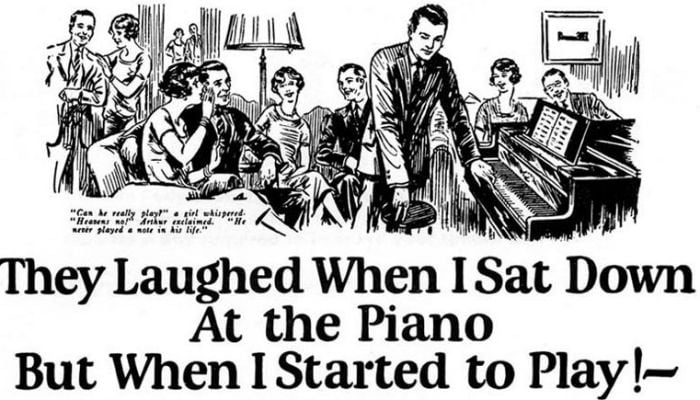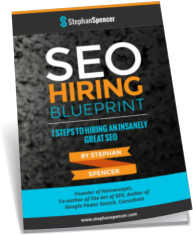One of the greatest skills you can learn as a marketer is how to write a compelling headline that inspires the reader to take action.
Whether you’re creating a video on Facebook live or an opinion piece for the New York Times, the headline is the first thing people see. And, it’s often the only way they can tell if your content is worth clicking on.
If you want people to engage with your content, then a powerful headline is a must.
But sometimes the headline can sum up the idea so well that people feel like they don’t even need to read the article.
One study based on science publications found that 70% of Facebook users only looked at the headline before they commented on posts. That’s great for engagement on social, but bad if you want people to actually click through to your website and buy something.
You may think that this phenomenon is a product of our digital age, but it has been around for decades. In 1963, David Ogilvy wrote:
“On the average, five times as many people read the headline as read the body copy. When you have written your headline, you have spent eighty cents out of your dollar.”
Again, this is fine for a newspaper ad where the goal is simply to make the product memorable, but in any situation where you need the click, it’s not enough.
So how can you improve your chances of getting people beyond the headline and onto your website?
1. Leverage the Curiosity Gap
The “curiosity gap” is a technique used by sites like Buzzfeed and Upworthy. Although highly effective, it is also sometimes derisively referred to as “clickbait.”
If you’ve seen headlines like “Millionaire Collects Cans for a Hobbie – The Reason Why Will Shock You” then you’ve seen the curiosity gap in action. While the technique can certainly be used in crass ways, with a little tact and subtlety, you can avoid some of the more obvious cliches.
The curiosity gap works by leaving out a key piece of information while giving enough away to intrigue the reader and encourage them to click. One study found that using the curiosity gap increased clicks by a whopping 927%.
There are caveats, however. While the curiosity gap does increase clicks it also tends to draw in a broader audience that may or may not be ready to buy.
From an SEO perspective the curiosity gap can be problematic, since to achieve rankings you need to have a keyword-rich headline that outlines the content of the article. Leaving out a key element can be confusing for search engines, so curiosity gap headlines tend to work better on social media.
2. Write Longer Headlines
This might seem counterintuitive. After all, you’re competing with so much content on the web you might think that a shorter, snappier headline will cut through more effectively.
Actually, the opposite is true. One study from Polar found that CTRs trended upwards as the character count increased. Headlines with 10-19 characters received a 0.12% CTR, while headline with 90-99 characters received a 0.43% CTR.
Again, there are some caveats. From an SEO perspective Google advises people to limit titles to 60 characters or less, so longer headlines won’t be visible in search results. And, if you want your headline to be shared on social media optimal length will vary by platform according to CoSchedule.
3. Use Numbers
Over the years, there have been many pronouncements about listicles: they are annoying, they are the death of journalism, they are making us dumber… and so on.
Despite all the haters, listicles are still going strong, probably because they are perfectly suited to online reading: you can easily skim the article and get the point within a couple of minutes or less.
Another benefit of a numbered headline is that people get a sense of how long the article is and how much time they’ll spend reading it. There are different opinions on which numbers perform the best but numbers like 5, 10, and 15 have been shown to be very effective.
Use these techniques in combination while adding in other elements to see what works best for your audience. As always, testing a measuring is the best way to understand your customers’ needs.
For more great online marketing tips, check out my interview with Brian Massey on the Marketing Speak podcast.


 SIGN UP FOR EXCLUSIVE WEEKLY CONTENT
SIGN UP FOR EXCLUSIVE WEEKLY CONTENT 


Leave a Reply